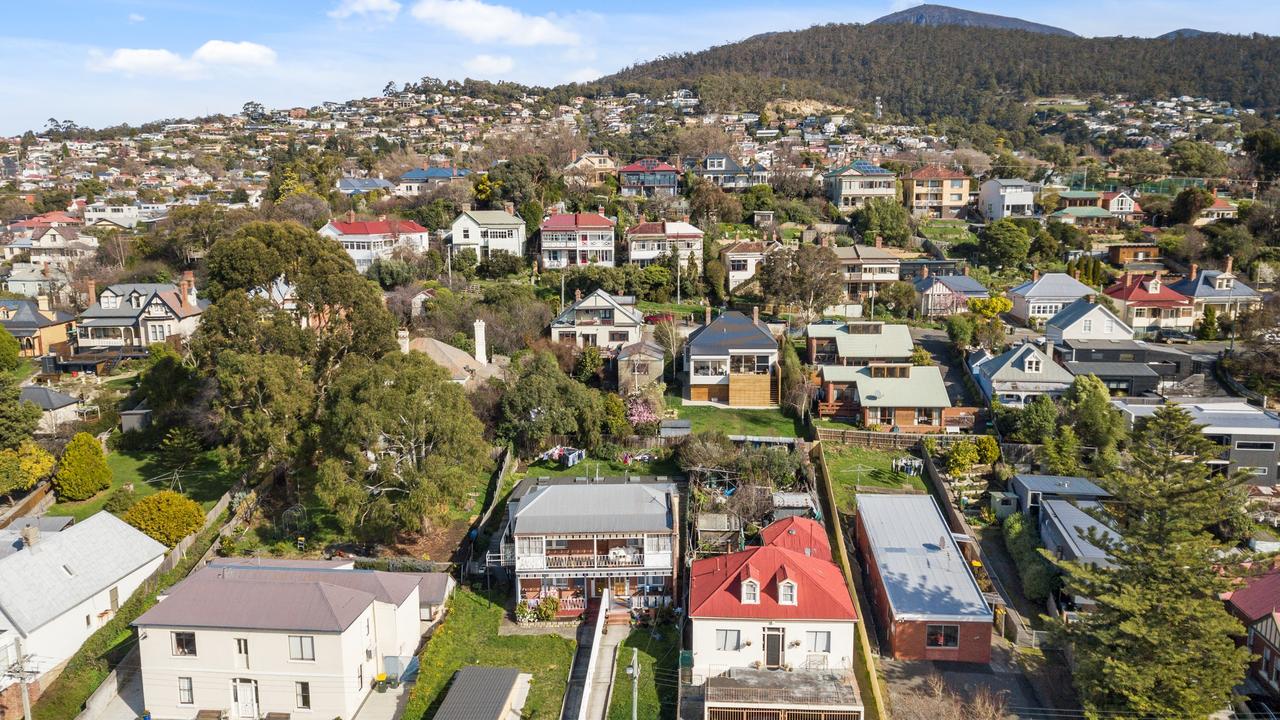Tasmanian population: 2050 target to be smashed by 2032–33
The state government’s 2050 population target could be smashed 17 years early. But problems abound, with Tasmania currently failing on all six indicators of sustainable growth. REPORT >>

TASMANIA is failing to meet all six key indicators of sustainable population growth, a consultation paper released by the state government on Wednesday shows.
The revelation comes amid a projected population explosion on the island state, with the Centre for Population forecasting Tasmania will reach 646,000 people in 2032–33. It was 571,517 at the end of June last year.
In 2015, the previous government under Will Hodgman set a target for a population of 650,000 – but only in 2050, calling it “bold and ambitious”.
The projections have prompted the state government to go back to the drawing board, with the release of a consultation paper in advance of a refresh later this year of the state’s population strategy.
The increasing, and ageing, population is set to be a monster challenge for thegovernment to wrangle.
According to the consultation paper, Tasmania is failing in all six indicators, as set out by the University of Tasmania’s Institute for Social Change, of ‘sustainable population growth’.
They are:
INCREASING the proportion of people under 15.
INCREASED proportion of working age people (15–64).
DECREASING proportion of people aged 65 and above.
LOW proportion of population growth based on migration,
SUSTAINABLE balance between working age people and other groups.
POSITIVE natural increases (more births than deaths).
As at 2021, less than two-in-three Tasmanians (62.7 per cent) were of working age, the fertility rate had plumetted to 1.6 from 2.1 five years earlier, and, of the 50,395 population growth between 2016–2021, only 10.1 per cent was from natural increase (births minus deaths).
The refreshed strategy will focus on four objectives in an attempt to reverse these trends: ENABLE planning arrangements that improve liveability.
REDUCE unnecessary barriers to those wishing to have and raise children.
ALIGN emerging employment opportunities, changing workforce needs and migration. MANAGE a structurally ageing population.
Future areas for consideration could include improving neighbourhoods (more walkable amenities, green spaces), better access to affordable, quality childcare, attracting and retaining a higher proportion of younger, skilled overseas migrants and flexible work models to enable the elderly to continue employment and volunteering as they age.
According to the consultation paper, only 3 per cent of the extra 74,483 residents of Tasmania will be from natural increases, with 70 per cent due to overseas migration and the remaining 27 per cent from interstate migration.

The population strategy would be “updated every 5–10 years”. Submissions on the consultation paper close on March 5, with the updated strategy, which will include more details about the regional centres likely to see significant growth, to be released later this year.
Mr Rockliff said the population growth showed his government’s policies were attracting people to Tasmania.
Population growth and migration “encourages greater diversity, innovation, investment and a sense of belonging,” he said.
Mr Barnett said the state government was alive to not only the opportunities, but the challenges, in areas like housing, infrastructure and health, of a booming population.
“Growth delivers dividends but we have to be very careful to make sure it’s sustainable,” Mr Barnett said.





